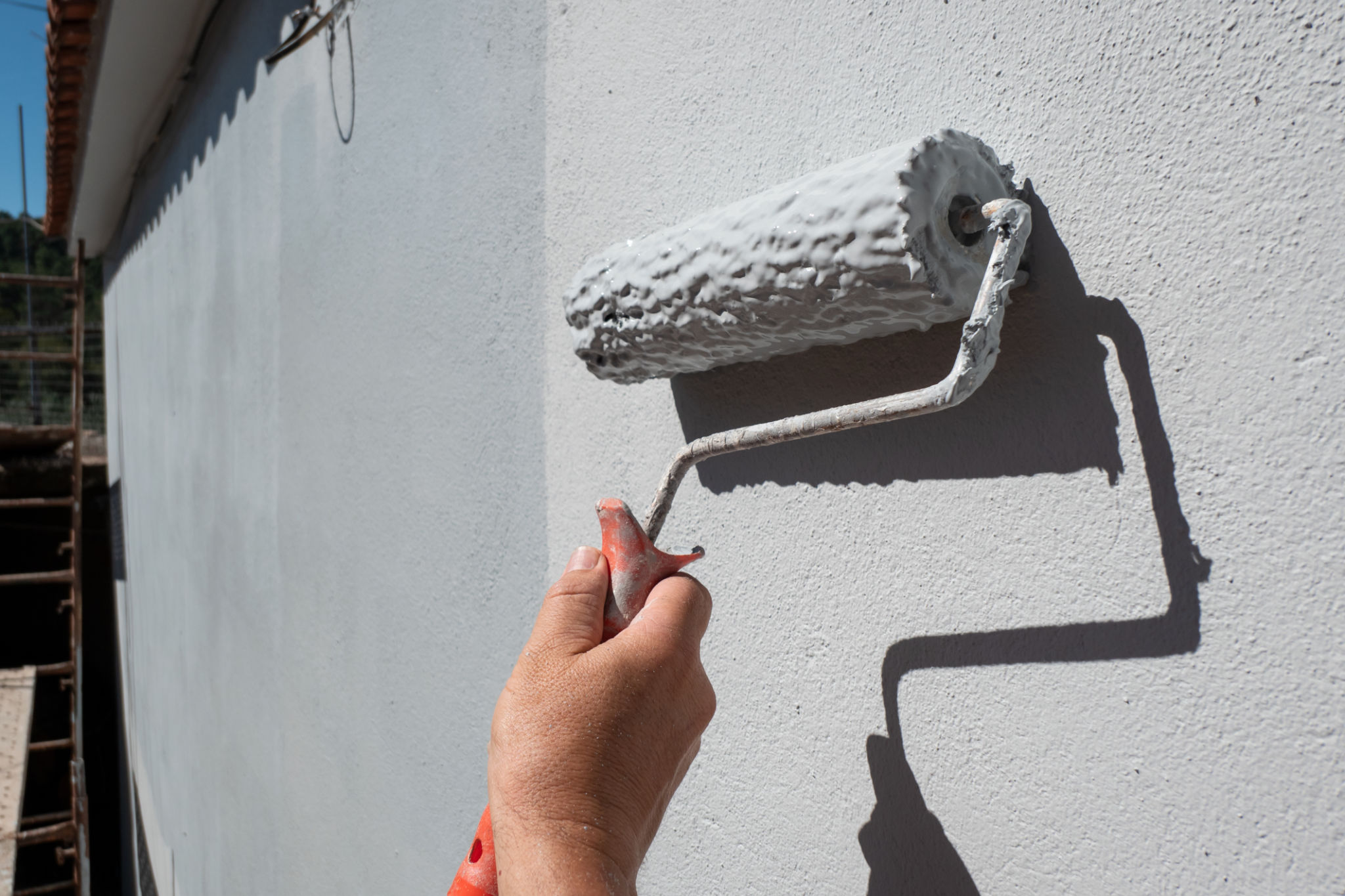Seasonal House Painting Tips: How to Protect Your Home's Exterior
Understanding the Importance of Seasonal Painting
As the year progresses through its seasons, your home's exterior faces various weather conditions that can affect its appearance and integrity. From the harsh sun of summer to the icy winds of winter, each season presents unique challenges for your home's paintwork. Seasonal house painting is not just about aesthetics; it is a crucial step in maintaining the structural health of your home. By understanding how different seasons impact your home's exterior, you can better protect it and extend its lifespan.

Choosing the Right Paint for Each Season
The type of paint you use on your home's exterior is pivotal to how well it withstands seasonal changes. In warmer months, select paints that offer UV protection to prevent fading and blistering. Conversely, during colder seasons, choose paints that include additives to resist cracking and peeling. Opt for high-quality exterior paints that offer weatherproofing properties to ensure durability regardless of the season.
Timing Your Painting Project
Timing is everything when it comes to exterior painting. The ideal time for painting projects usually falls in spring or early fall when temperatures are moderate. This timing ensures that the paint adheres properly and dries evenly. Avoid painting when temperatures drop below 50°F (10°C) or rise above 90°F (32°C), as extreme temperatures can negatively impact the paint's performance.

Preparing Your Home's Exterior
Preparation is key to a successful paint job, regardless of the season. Start by thoroughly cleaning your home's exterior to remove dirt, mildew, and flaking paint. Power washing is an effective method for larger surfaces. Next, inspect the surface for any damage or wear and repair it as needed. Sand down rough spots and apply a primer if necessary to ensure a smooth and long-lasting finish.
Protecting Your Home's Surroundings
Before you begin painting, it's essential to protect your home's surroundings. Cover plants, shrubs, and nearby furniture with drop cloths or plastic sheeting to shield them from paint splatters and spills. Additionally, make sure to tape off windows, doors, and trim to maintain clean lines and prevent paint from getting on surfaces where it is not intended.

Weather Considerations During Painting
Weather conditions play a significant role in the success of your painting project. Avoid painting on rainy or overly humid days, as moisture can interfere with the paint's ability to dry properly. Similarly, windy conditions can blow debris onto wet paint, compromising the finish. Check the weather forecast before starting your project and plan accordingly to ensure optimal results.
Maintaining Your Home's Fresh Look
Once your painting project is complete, regular maintenance will help preserve your home's fresh appearance. Inspect your home's exterior periodically for signs of wear or damage. Touch up any areas where the paint has chipped or faded to maintain the protective barrier against the elements. A well-maintained exterior not only enhances curb appeal but also adds value to your home.
Conclusion: Investing in Your Home's Future
Seasonal house painting is an investment in your home's future. By choosing the right materials, timing your project effectively, and preparing adequately, you can protect your home from the elements and extend its life. With these seasonal house painting tips, you can ensure that your home remains beautiful and structurally sound for years to come.